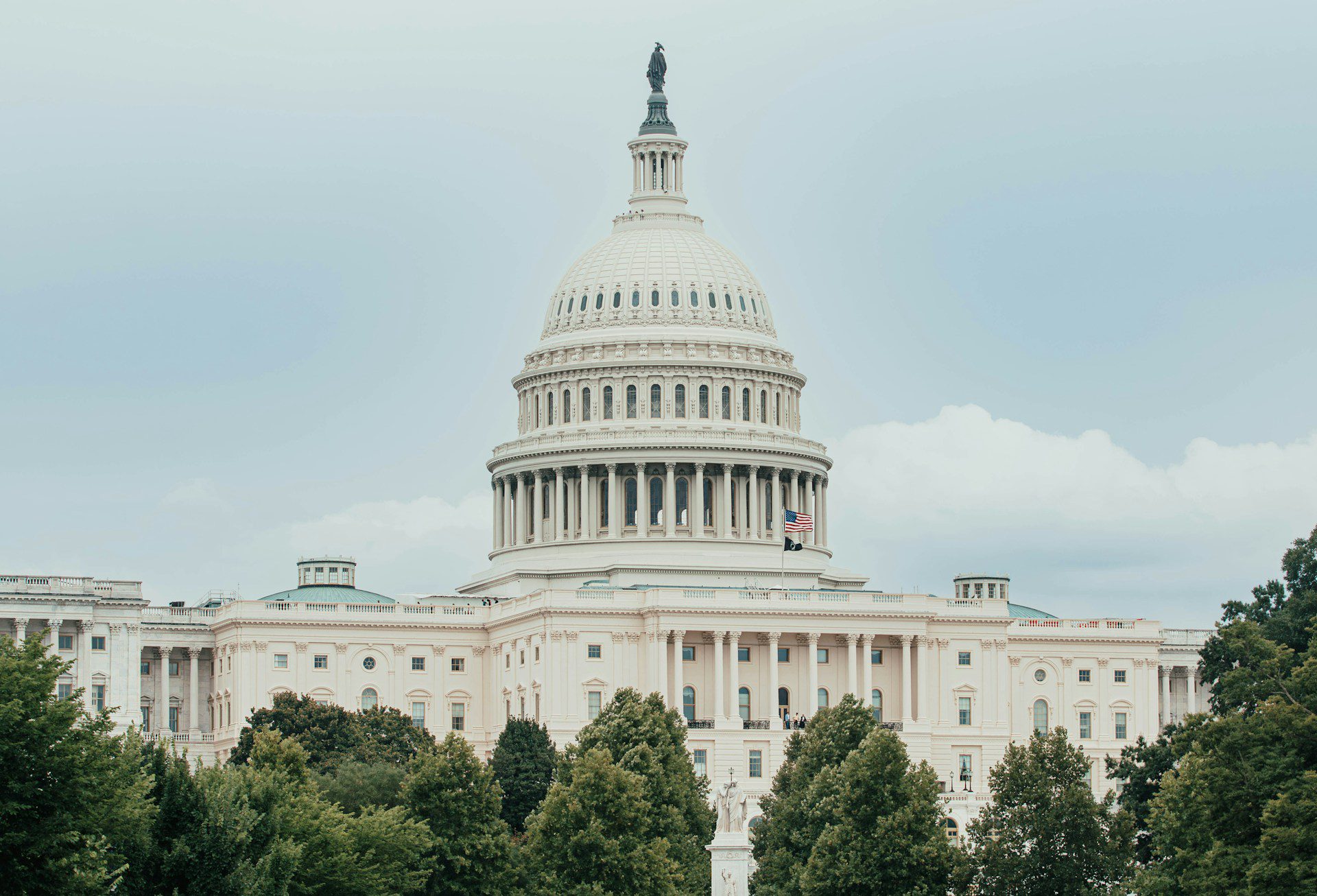
How Trump’s human trafficking efforts failed immigrant survivors
Former President Donald Trump has made human trafficking central to his platform, pledging to mobilize the full force of the U.S. government to fight this “epidemic,” a hard line he recently reiterated in a speech in Ohio.
Drawing on longstanding bipartisan support for anti-trafficking protection, Trump passed legislation to strengthen legal protections for survivors and increase funding for anti-trafficking efforts, including a $35 million grant for survivors. He also used trafficking rhetoric to support the border wall he claimed would “stop it cold.” The effort has played to his base, stoking anti-immigrant sentiment and feeding the flames of QAnon conspiracy theories.
But, did Trump’s anti-trafficking policies actually help survivors?
New FOIA data, obtained through a court case against the Department of Homeland Security reveals how immigrant survivors of trafficking, under the Trump administration, faced an unprecedented risk of harm. As immigrant survivors stepped forward to claim their legal rights, they faced longer-than-normal delays, increased scrutiny and a greater likelihood of deportation. While President Biden rolled back many of these policies, their impact still reverberates, as survivors are forced to decide whether to step forward in the shadow of a new presidential race where Trump is a contender.
In 2000, Congress created the T visa — special immigration protection for immigrant survivors of trafficking, in recognition of the dual bind they face. Fearing both reprisals from traffickers and deportation, survivors are often reticent to seek out legal support. In response, Congress established 5,000 T visas available annually for immigrant survivors. Yet, in the last 20 years, this cap has never been reached; in fact, the number of T visas has never exceeded 2,000 in any fiscal year.
We, a lawyer who has represented hundreds of survivors and a sociologist who researches and writes on forced migration, set out to understand why this protection is underutilized, despite tens of thousands of eligible applicants. We spoke to lawyers and survivors and took the Department of Homeland Security to court to release data about how the system worked.
We found that the immigration process itself was weaponized to make it harder for immigrant survivors of human trafficking to navigate. In 2019 and 2020, T visa denial rates ballooned to 42 percent. The legal process became longer and more arduous. New policies meant that hundreds of survivors, who stepped forward seeking protection, were placed in removal proceedings.
